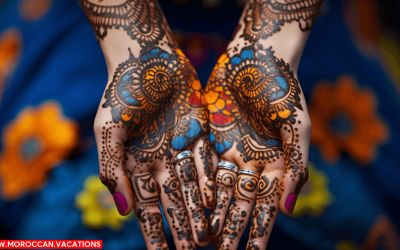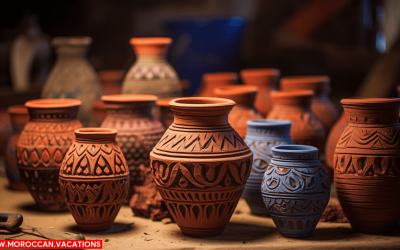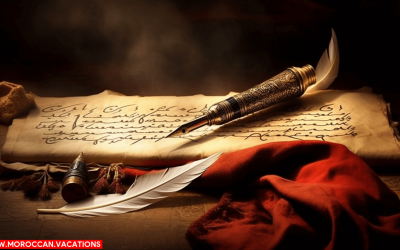The Ancient Origins of Moroccan Pottery
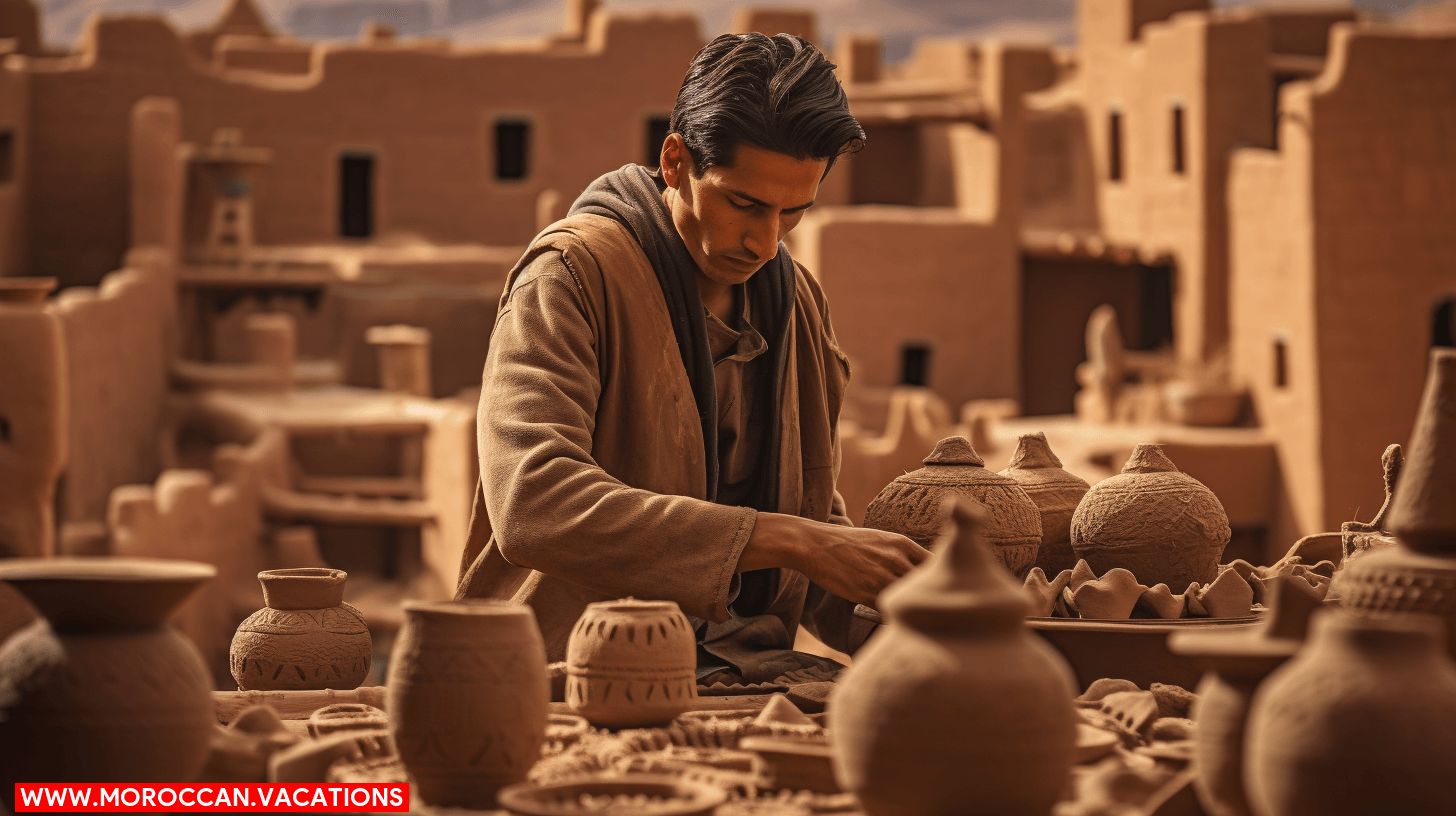

Like an alchemist, you’re about to transform raw clay into a world of enchanting Moroccan pottery. You’ll delve into the ancient origins, discover the significance of each pattern, and learn the artisan’s touch. It’s more than pottery – it’s a tradition, a culture, and a story etched into every piece. You’ll explore the modern influences and the challenges to preserve this timeless craft. Get ready, you’re not only observing, you’re part of the magic.
Raw Materials: Beyond Ordinary Clay
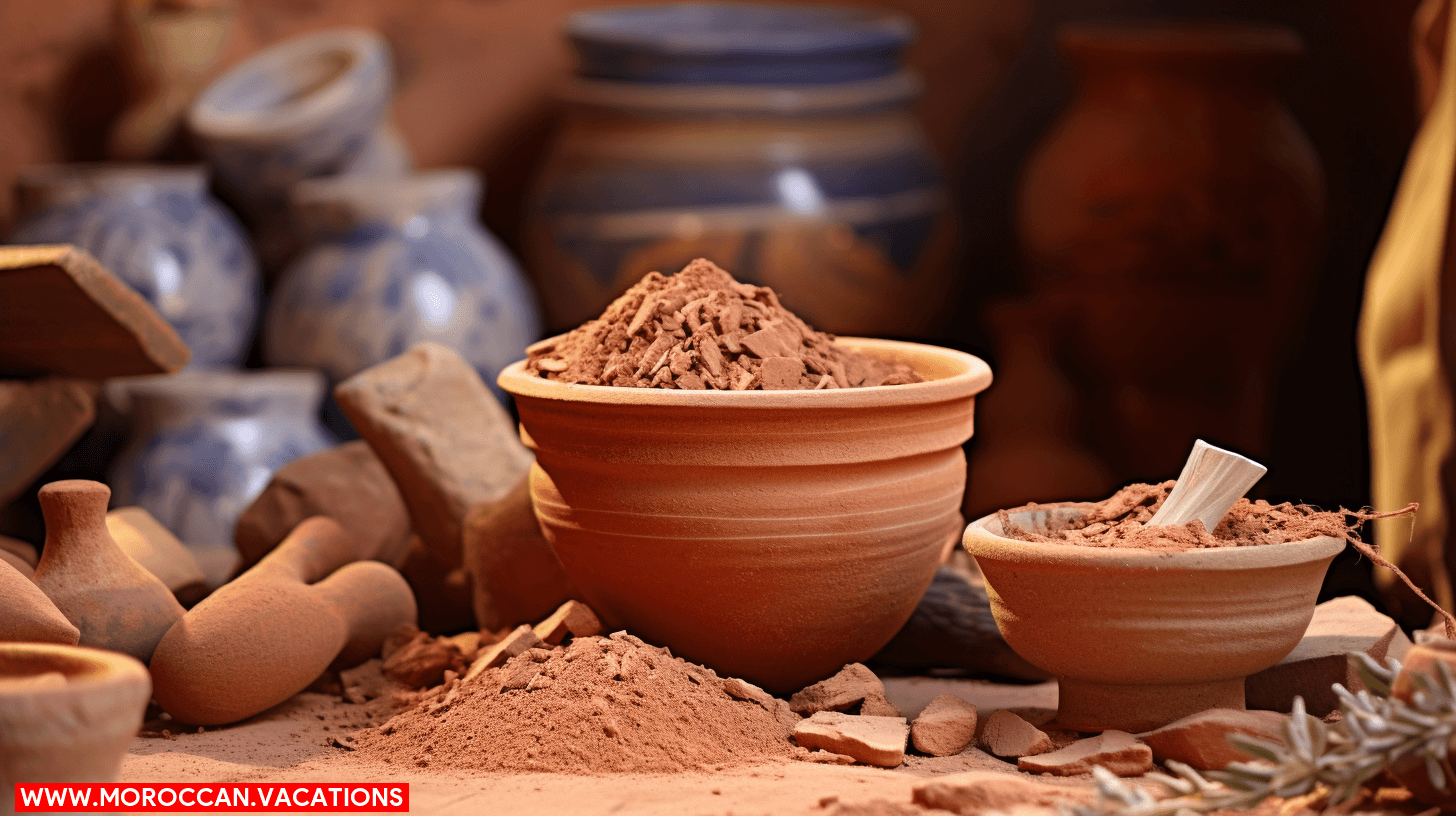

The Artisan’s Touch: Hand-building Techniques
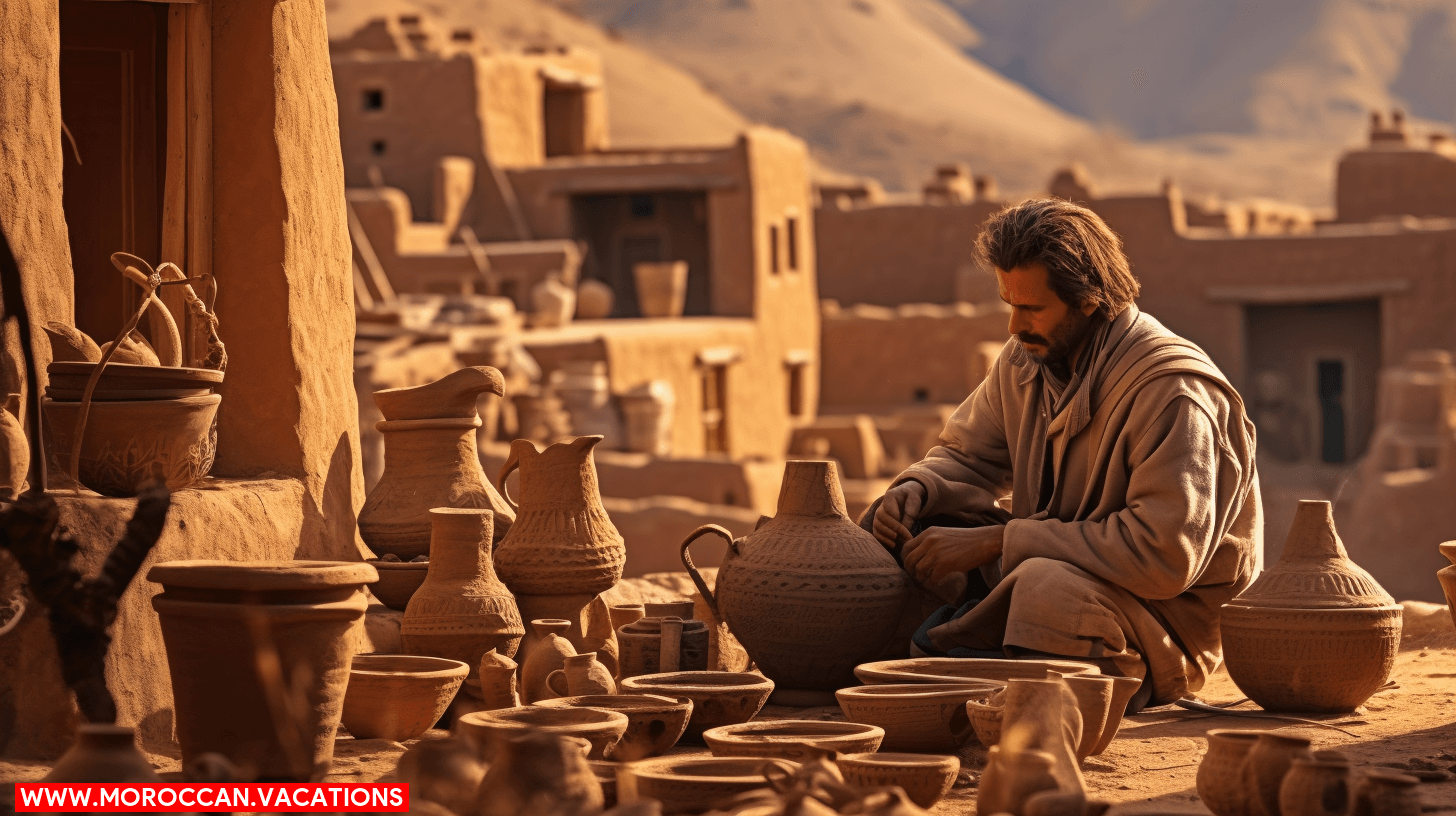

The Magic of Firing: Transforming Clay Into Ceramic
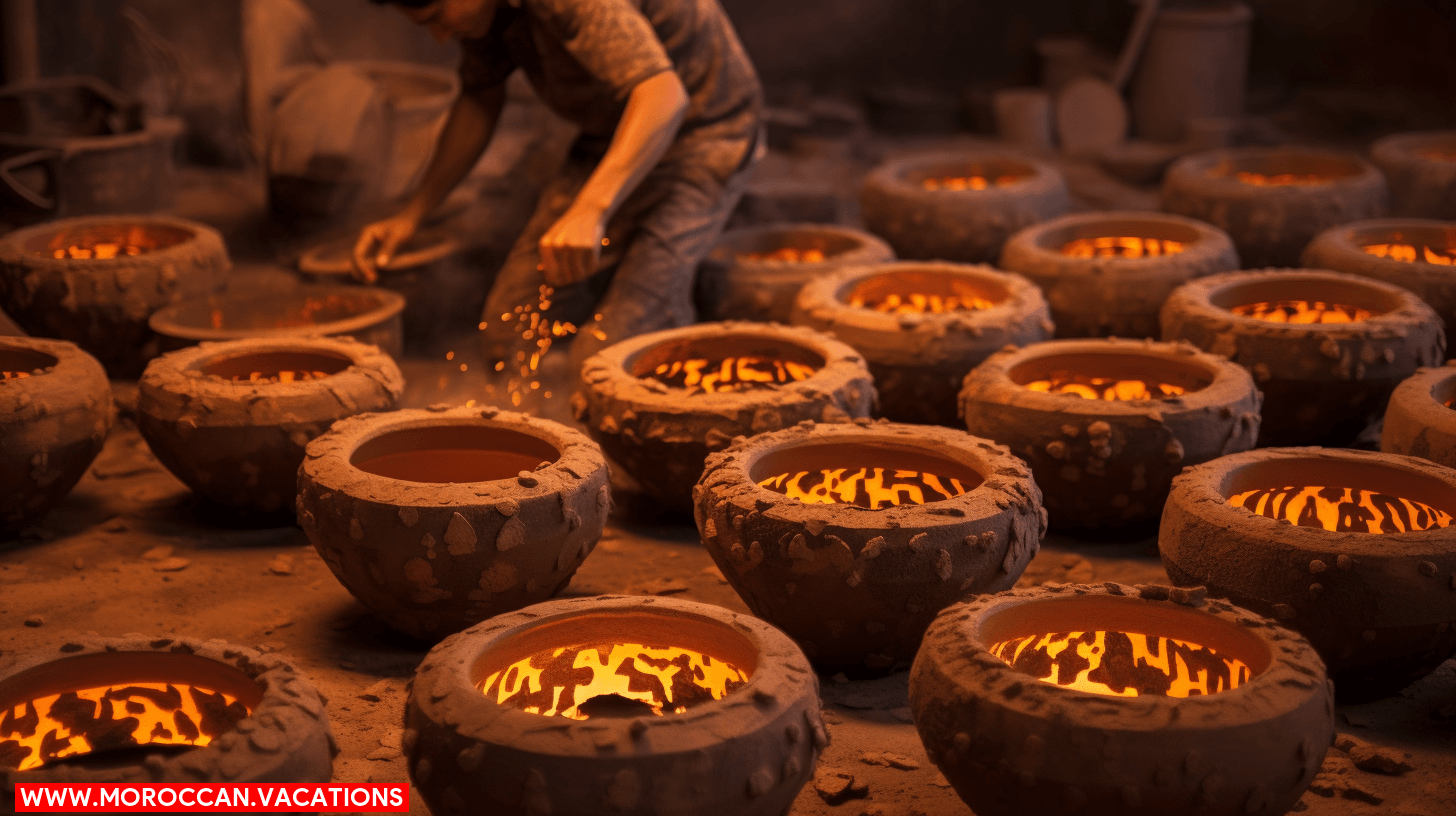

The Significance of Patterns and Symbols
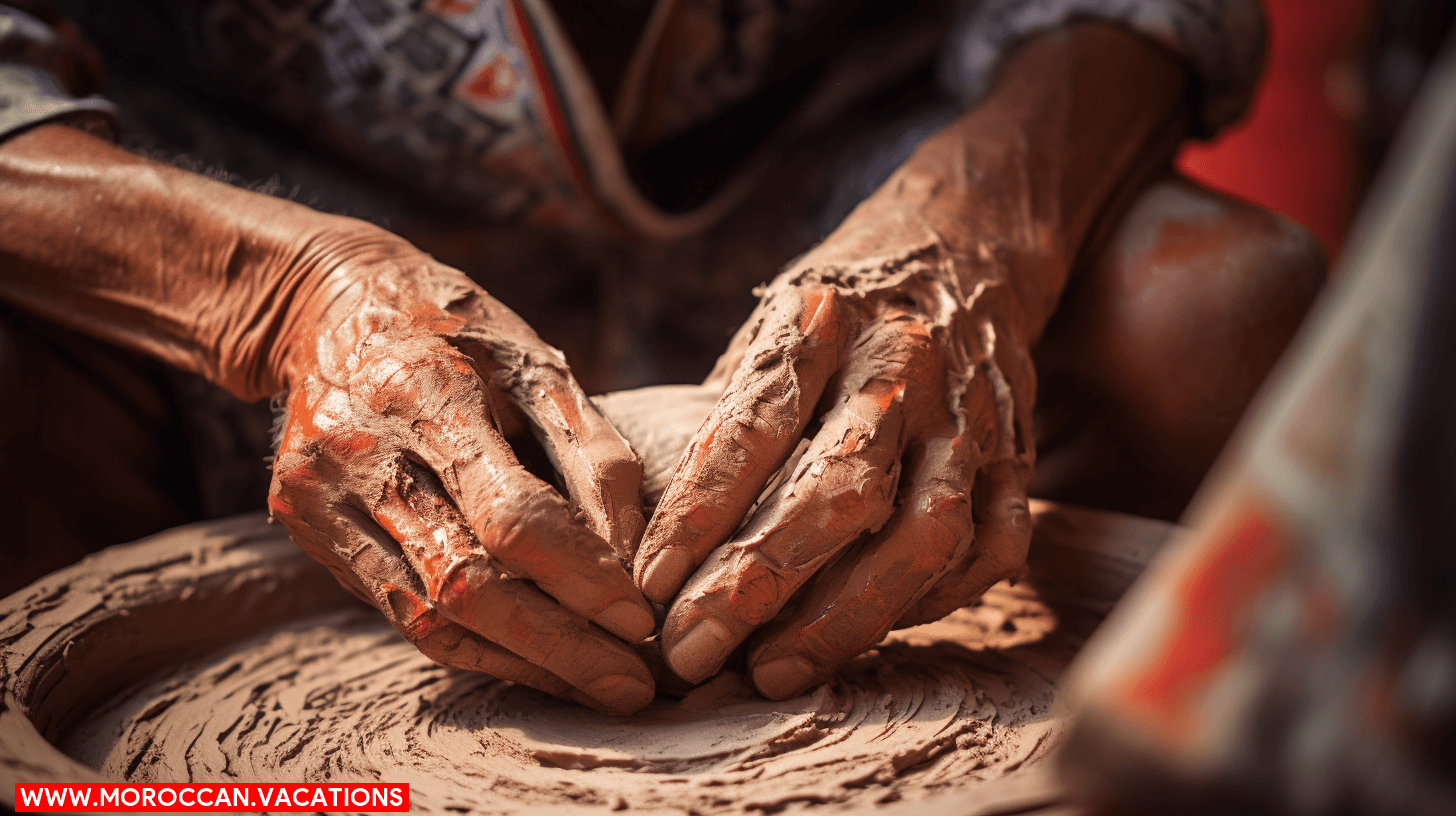

When an artisan shapes pottery in Morocco, each stroke tells a story about the country’s culture. The symbols on the pottery carry the tales of Morocco’s history and customs. These designs aren’t only for looks; they’re about keeping traditions alive and letting the future learn about the past.
Over time, Moroccan pottery has changed. It started with geometric patterns and later included more abstract and natural shapes. This change reflects how Moroccan society has evolved. It shows how adaptable and strong the people are.
These patterns and symbols aren’t only decorative elements but powerful tools of communication. They relay stories of love, triumph, desolation, and faith. They express the collective consciousness of a community, their aspirations, their fears. You’re not only holding a piece of pottery; you’re cradling a narrative, an embodiment of a people’s spirit. This is the power and significance of patterns and symbols in Moroccan pottery.
Modern Influences on Traditional Pottery
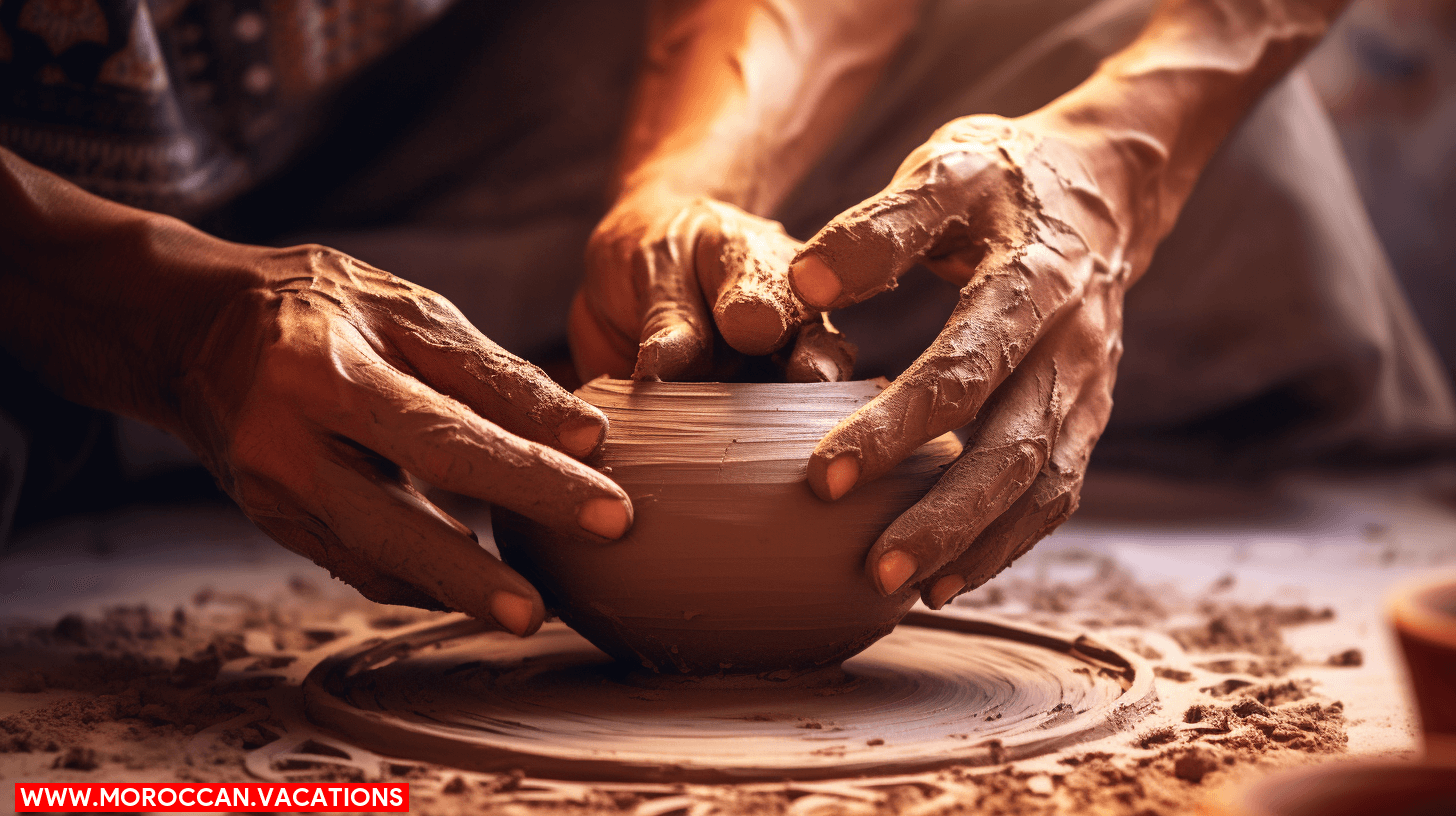

New things are changing Moroccan pottery. They mix old and new to make cool art that lots of people can see.
Shows around the world help more people learn about Moroccan pottery. They mix new and old ways to make different styles.
Artists from different places bring their ideas to Moroccan pottery. They make new designs without losing what makes them special.
Pottery makers are using better tools to try new things. They still use the old ways but like to do new stuff too.
Old things and new things make art better. Art changes, like people and how they live.
Preserving the Craft: Challenges and Opportunities
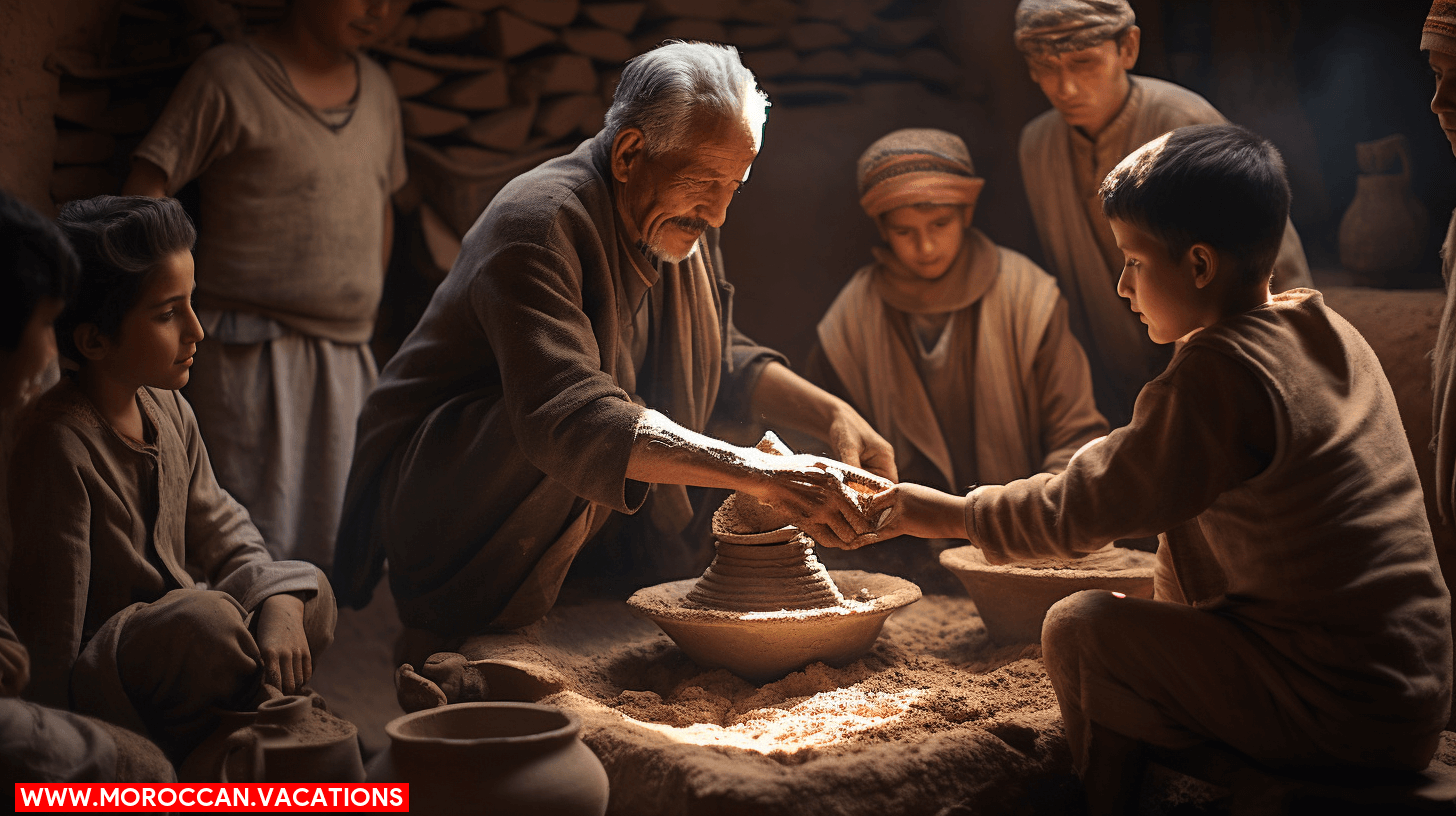

Preserving Moroccan pottery is hard. Young folks don’t want to learn this old skill, and cheap, factory-made things compete with handmade pottery.
But there are ways to tackle these problems. We can show young people why pottery matters and how it helps communities. Also, by encouraging people from around the world to love and buy Moroccan pottery, we can help the market stay strong.
Even though it’s tough, we can make the future of Moroccan pottery bright by finding new ideas and making changes.
Introducing Ayoub Karbachi, a brilliant wordsmith and curator of the Moroccan Vacations website. Prepare to immerse yourself in mesmerizing narratives and extraordinary moments, as he unveils the allure of Morocco's captivating destinations like never before.
Related Articles
Unveiling the Intricate Beauty of Traditional Moroccan Henna Designs
The Charm of Moroccan Henna You're about to embark on a vibrant journey, dipping your fingers into the rich pot of traditional Moroccan henna designs. As intricate as a spider's web, these designs aren't just aesthetically pleasing - they're steeped in history and...
From Clay to Masterpiece: A Step-by-Step Guide to Traditional Moroccan Pottery Workshops
Understanding Moroccan Pottery Heritage You're about to embark on a creative journey, transforming raw clay into exquisite Moroccan pottery. This guide peels back the curtain on traditional pottery workshops, revealing the tools, techniques, and design elements that...
Exploring the Art of Traditional Moroccan Calligraphy
Origins of Moroccan Calligraphy You're about to embark on a journey, uncovering the beauty of traditional Moroccan calligraphy. You'll delve into its origins, marvel at the intricate styles influenced by Islamic art, and appreciate its cultural significance. You'll...

